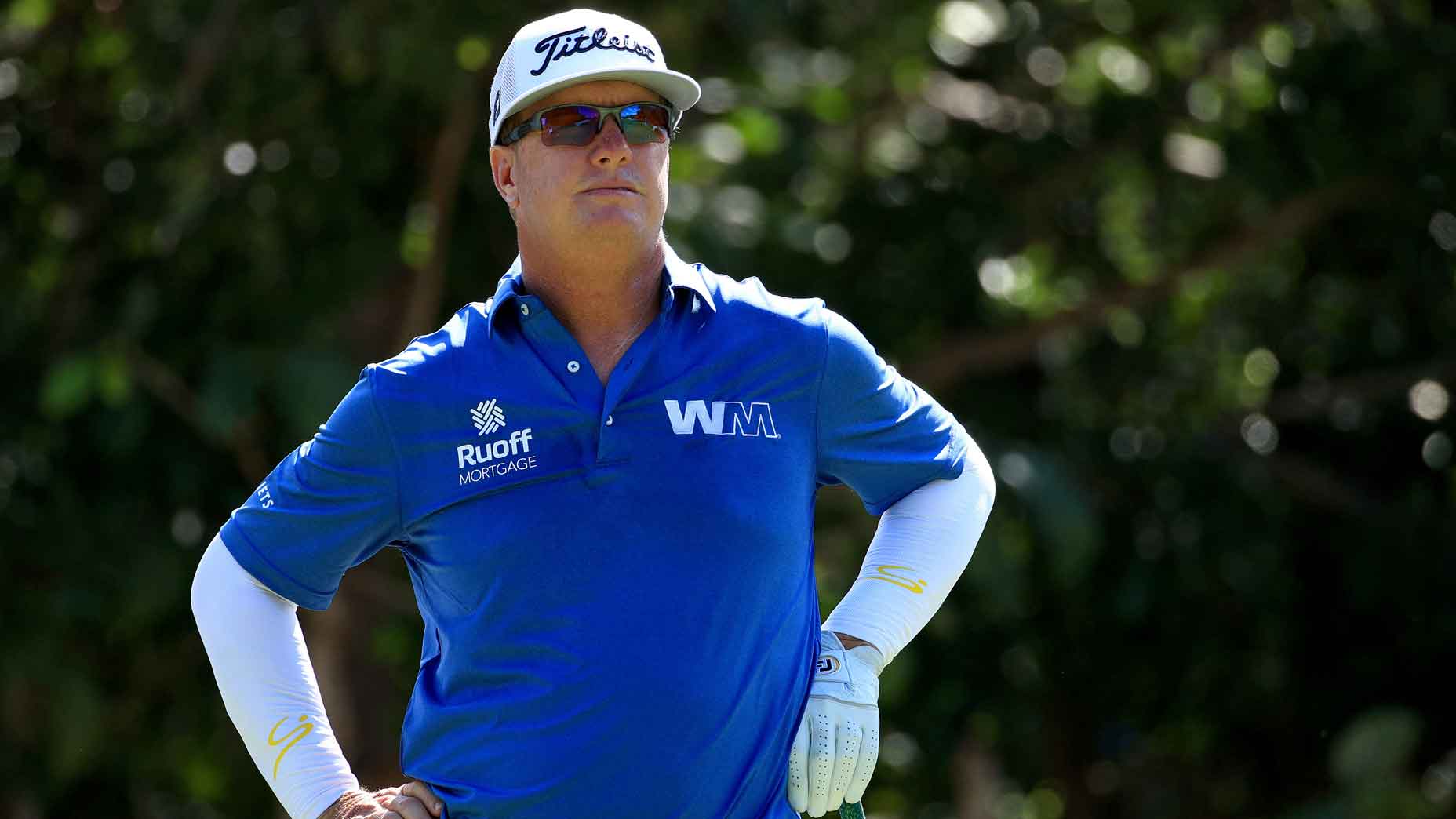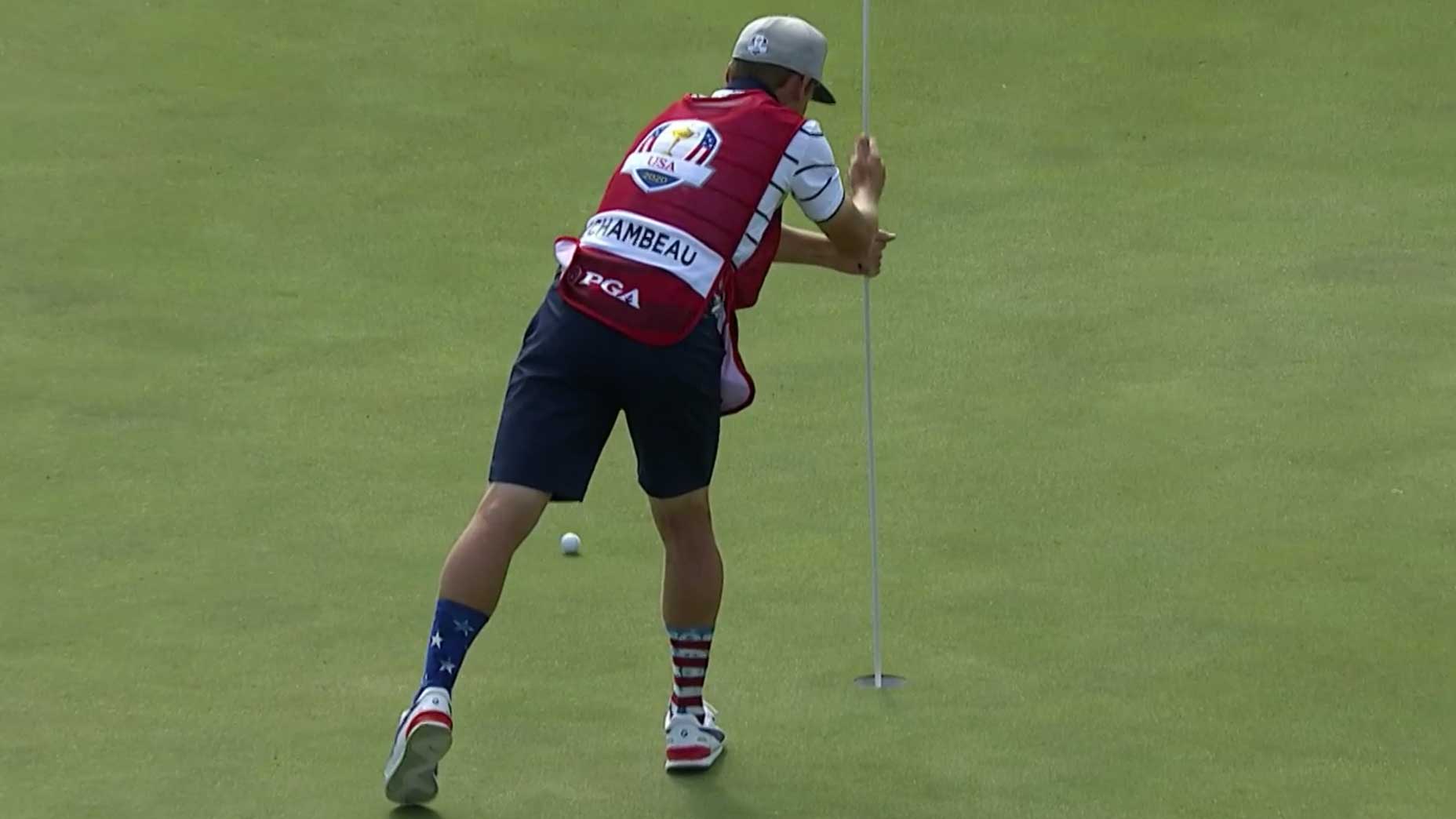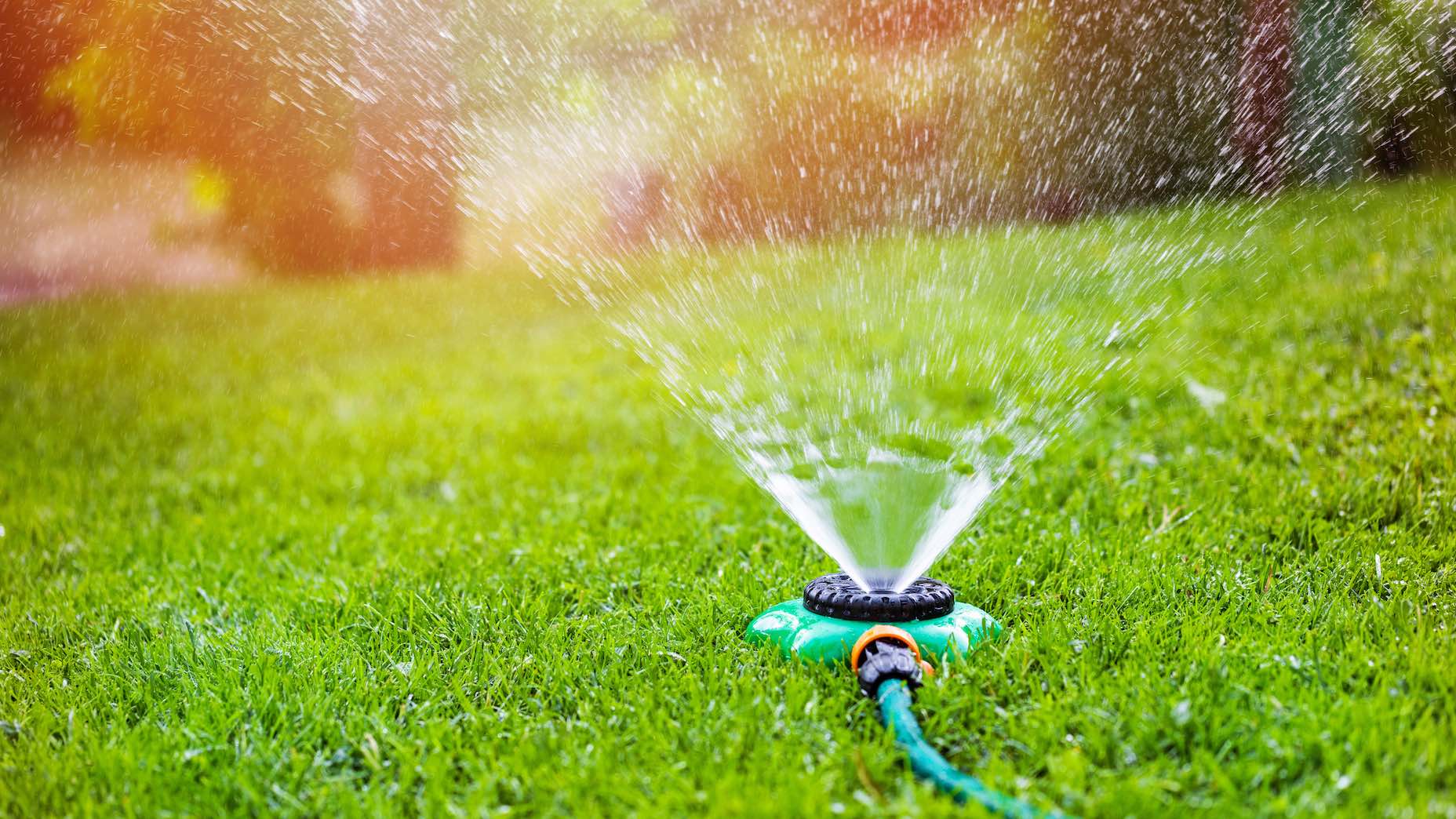Golf Questions You’re Afraid to Ask: What do I need to know before I get on the course?

There are a few things beginner golfers should know to help relax before they head to the course.
Getty Images
Welcome back to Golf Questions You’re Afraid to Ask (But I’m Not), a GOLF.com series dedicated to helping beginners (or any golfer who wants to study the fundamentals of the game) learn the basic rules, strategy, and history of the game.
For this edition, I spoke with Kellie Stenzel, who is an instructor at Palm Beach Country Club in Palm Beach, Fla., Sebonack Golf Club in Southampton, N.Y., a frequent GOLF.com contributor and a Golf Magazine Top 100 Teacher in America. Since we covered the history of the game in the first segment of the series, Stenzel and I spoke about the basic rules and information a beginner should know before they step on the course for the first time. We covered a bunch of ground, from how to study the game on TV to proper etiquette on the course and more.
What are some of the basic golf terms I should know?
One note that Stenzel stresses is that the terminology in golf is not intuitive. “It’s almost like there’s this language that, until you get some of the terms, you don’t really fit in,” Stenzel said. One stepping stone to feeling comfortable as a golfer is learning some of these terms.
One of the most important things that Stenzel stressed is that the terminology is different depending on whether you are righty or a lefty. For example:
If you are a right-handed player and you hit the ball that curves a little left-to-right, that is a fade. If it curves a lot left-to-right, it’s a slice. However, if you are a lefty, the terms are inverted — a fade curves a little right-to-left and a slice curves a lot right-to-left.
If a right-handed player hits the ball straight out to the right without any curve, that is called a push, and if they hit it out to the left without any curve, that is considered a pull. Once again, this is completely flipped for lefties.
How should I be keeping score?
For any beginner, Stenzel stresses one important lesson — don’t feel pressured to keep score as you begin. There’s no point in getting discouraged, frustrated, or even bitter when you aren’t performing like the pros you see on television. One thing Stenzel tells her beginner students is not to worry about the score at first. Then, once they get to a point in their game where they feel comfortable enough to keep score, only to keep score on the holes where they perform well.
“If you finish the hole and it feels like you could easily count it up, then maybe keep the score on that particular hole,” said Stenzel. “The nice thing about a handicap system— where you’re posting your scores to get an official handicap — there’s typically a maximum score that you can have. So it doesn’t mean that if you’re having a bad hole, you’ve got to play every shot to the bitter end and make yourself crazy.”
How do I use a scorecard?
Stenzel notes that when you are a beginner arriving at a new golf course, a great place to start is the scorecard. Firstly, it helps you differentiate between the holes, and see which are longer — the par-4s and par-5s — and the shorter par-3 holes. Next, it helps with choosing which tees to play on the course; Stenzel sees no issue for a beginner — whether you are male or female — with choosing the most forward set of tees.
One element of the game that may be a bit complicated for beginners to first grapple with, is the concept of handicaps. You’ll see that each hole has a number next to it indicating the “handicap” of that hole. It’s basically a difficulty rating; the no. 1 handicap hole is the most difficult, while the no. 18 handicap is the easiest.
So how do you use those? As Stenzel explains, the higher the handicap you have, the more strokes you are “given” as you play the course, with the extra strokes are typically given on the more difficult holes.
“So an example would be, let’s say I’m a 0 handicap, let’s say you’re a 19 handicap,” said Stenzel. “You would obviously get one stroke for me on every hole, but there’ll be one left over and that would fall on the number one handicap hole.”
What can I learn from watching golf on TV?
Stenzel notes that there are a great deal of practices, techniques and behaviors one can learn by watching the pros on TV. For instance, Stenzel said, watching someone like Justin Thomas’s posture as he hits the ball can be extremely informative, as his setup is as close to perfect as it can get.
For even more beginner golfers, Stenzel recommends watching how each golfer’s swing is unique.
“There are so many different ways to swing a golf club —you don’t turn on the TV and you see the same swing over and over again, you see, completely different swings,” said Stenzel. “So I think seeing setups, seeing grips, and seeing [that] there’s more than one way to swing a golf club.”
How do I keep my cool on the course?
This question is especially important for me — as a lifelong tennis player, I know all too well how isolating and frustrating a solo sport can be. Keeping composure and a level head is undoubtedly one of the most important skills for any athlete.
Stenzel summed up the best approach very aptly: even really good players hit really bad shots.
Having a method to calm down — whether it be taking a deep breath, stepping away from the marker/ball, or repeating a calming phrase to yourself— is a worthwhile strategy for golfers at every level.
However, it is also important to let the anger, frustration, and annoyance motivate you on your text swing.
“Frustration and anger can be wonderful motivators,” said Stenzel. “Okay, what am I going to do about it? Am I going to take a lesson? Am I going to go practice? How much work does it take to really make change and make improvements?…The sooner you can recover, the better you’re going to be on your next shot.”
How do I find the right course for me?
Everybody has their own kind of course that suits them: some prefer the tree-lined courses of the Northeast, others prefer seaside courses, courses with a lot of bunkers, courses with many hazards, small greens, big greens, you name it. Each course has a unique personality — it’s all about finding the one that suits you best. Only way to do that? Go out and try some different types!
What can I practice at home?
One of the easiest things to practice at home — and what will be beyond useful as you progress to playing tournaments, matches, or even just messing around with your buddies — is putting. There are also many instruments and training aids you can use to help you with this, such as a little putting mat for your house. Stenzel sees immense value in this.
“I think just practicing like grip, posture, and then once again, getting that club down to the ground [is important],” said Stenzel. “Like brushing your carpet, or going into your backyard and hitting the grass but repetitively practicing setup and getting the club down to the ground.
Callaway Closest To The Pin Game Flagpole & Cup Set
$39.99
View Product












